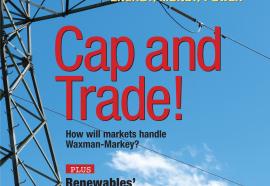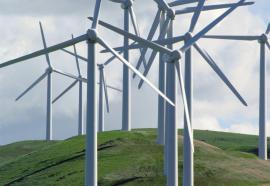Letters to the Editor
(August 2009) When I hear the new buzz word term dynamic pricing I think of politicians who may be socialist or liberal, but who call themselves “progressive.” Now, what thoughtful person would not vote for a progressive. Do you want to vote for someone who isn’t progressive? That would make you some kind of Luddite. The same holds true for the people now running around the country calling for “dynamic pricing” i.e., charging $5/kWh for up to 100 hours per year, and calling any other form of pricing “dumb rates.”








